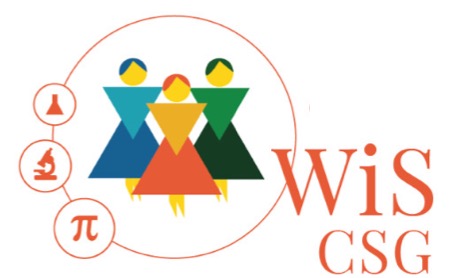WiS-CSG 2018 Survey

WiS-CSG: Women in Science - Career Support Group, is a group of volunteers who aim to highlight the different challenges faced by women in science.
Gender Bias: Myth or Fact?
| PREVIOUS POST | RETURN HOME | NEXT POST |
Full version on sciwri.club
Summary
In this article, we analyze the conscious or unconscious gender-bias and/or harassment of women in a professional environment. Gender bias is discrimination of an individual based on their gender. It can be (i) conscious or unconscious (CSG-WiS Survey: Bias I) and (ii) subtle or obvious. Harassment is unwelcome conduct that is based on sex, race, color, religion, age, etc. According to U.S. Equal Employment Opportunity Commission (EEOC), gender bias and harassment based on sex become deleterious and/or unlawful where, 1) enduring the offensive conduct becomes a condition of continued employment, or 2) the conduct is severe or pervasive enough to create a work environment that a reasonable person would consider intimidating, hostile, or abusive.
Our focus was on Bias-I subsection of the CGS-WiS survey - conscious or unconscious gender-bias and/or harassment at the workplace. The survey had two questions - whether the person has faced gender-bias or discrimination from male (Q26) and/or female (Q27) colleagues. There were five options to pick from: 1) Yes, 2) No, 3) Not sure, 4) Not available, and 5) Do not wish to answer. 85.4% and 82.6% of the participants answered either ‘Yes’ or ‘No’ respectively, and therefore, we primarily compared these two responses with each other. We shortlisted 17 questions and then explored how they were associated with participants who experienced bias from those who did not. For each of these 17 questions, we further split them according to “Yes” or “No” or “Not sure” responses from Bias 1. For each observation, Fisher’s exact test was applied to calculate a statistical significance and only significant results have been discussed in this article.
| PREVIOUS POST | RETURN HOME | NEXT POST |